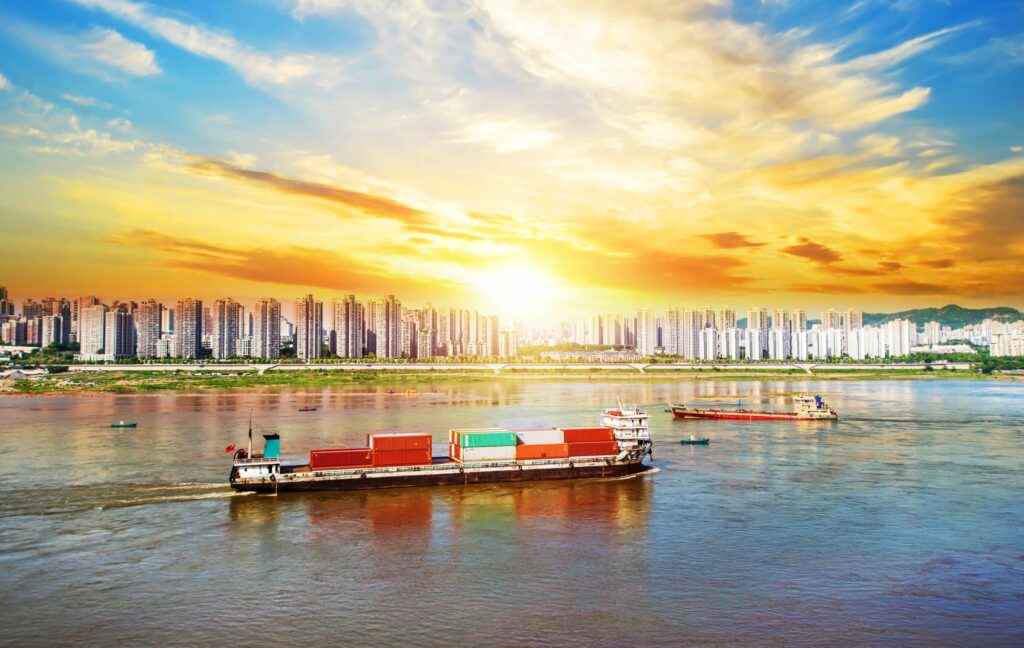Image by frimufilms on Freepik
As the maritime industry seeks greener alternatives, biodiesel emerges as a promising option. In a sea trial conducted on a Singapore Harbour Craft, various parameters and standards were observed to determine the feasibility and efficacy of biodiesel usage.
This article delves into the observations made during the trial, exploring ISO standards, blending ratios, fuel stability indicators, vessel preparation, and bunkering arrangements. Discover how biodiesel can contribute to sustainable maritime operations in Singapore.
ISO Standards: Addressing Gaps and Unique Properties
The current ISO 8217 standard falls short of adequately covering the unique properties of biodiesel, which is based on paraffinic fuel. Properties associated with biofuel production and higher biofuel blends (>B7) are not included. To ensure comprehensive coverage, adaptations need to be made to ASTM and EN specifications, ensuring they are not overkill for land transportation while adjusting cold flow properties, water content, oxidation stability, and considering the inclusion of additives such as biocides and antioxidants.
Provisional Maritime Measures: Quality Control and Fuel Standards
To maintain control over fuel quality, separate regulations of Marine Gas Oil (MGO) and FAME (B100) can be achieved through ISO 8217 and EN 14214, respectively, before blending. Finished blends, such as B20 and B30, can take reference from EN 16709, which provides a fuel standard for captive fleets. These provisional measures offer a framework to ensure consistency and adherence to quality standards.
Parameters for Fuel Stability Indicators
Several parameters serve as indicators of fuel stability, which tend to change over time. Viscosity, measured using ISO 3104, determines flow properties and fuel injection. Water content, assessed through ISO 12937, affects fuel quality, stability, and the potential for bacterial growth. Acid value, evaluated by EN 14104, indicates the likelihood of corrosion and deposits. Oxidation stability, measured by ISO 12205 and EN 15751, determines filter clogging based on the FAME content in the fuel.

Blends and Ratios: Exploring Sustainable Options
The sea trial examined various blends, including MGO, PME (Palm Oil Methyl Ester), UCOME (Used Cooking Oil Methyl Ester), and HVO (Hydrotreated Vegetable Oil). Blending ratios ranging from 7% to 100% were tested to assess performance and emissions. By diversifying fuel sources and adopting higher blends of sustainable biofuels, the maritime industry can significantly reduce its environmental impact.
Vessel Preparation and Equipment Installation
Before the sea trial, the vessel underwent specific preparations to ensure accurate testing. These included new lube oil, gaskets, fuel pipes, and hose connections to prevent contamination or interference. Equipment installation involved exhaust gas analyzers, pitot tubes, ultrasonic flow meters, shaft power meters, GPS systems, and temperature/humidity loggers to measure emissions, fuel consumption, and vessel performance.
Bunkering Arrangements: Quantity Verification and Supply Locations
Bunkering arrangements were made at Banyan shipyard and Penjuru Jetty during the trial. The bunkering process involved measuring fuel quantities using flow meters and verifying them against fuel level indicators. This ensured accurate fuel supply and enabled data collection for analysis.
What Can Be Derived From the Trial
In the pursuit of sustainable maritime operations, Hydrotreated Vegetable Oil (HVO) Renewable Diesel emerges as a powerful solution for Singapore Harbour Crafts. With its ability to reduce emissions and contribute to a greener future, HVO Renewable Diesel presents a significant opportunity for companies seeking a positive environmental impact.
By harnessing the potential of HVO, Singapore can propel its maritime industry toward a more sustainable and eco-friendly direction, paving the way for a cleaner and brighter future for future generations.


